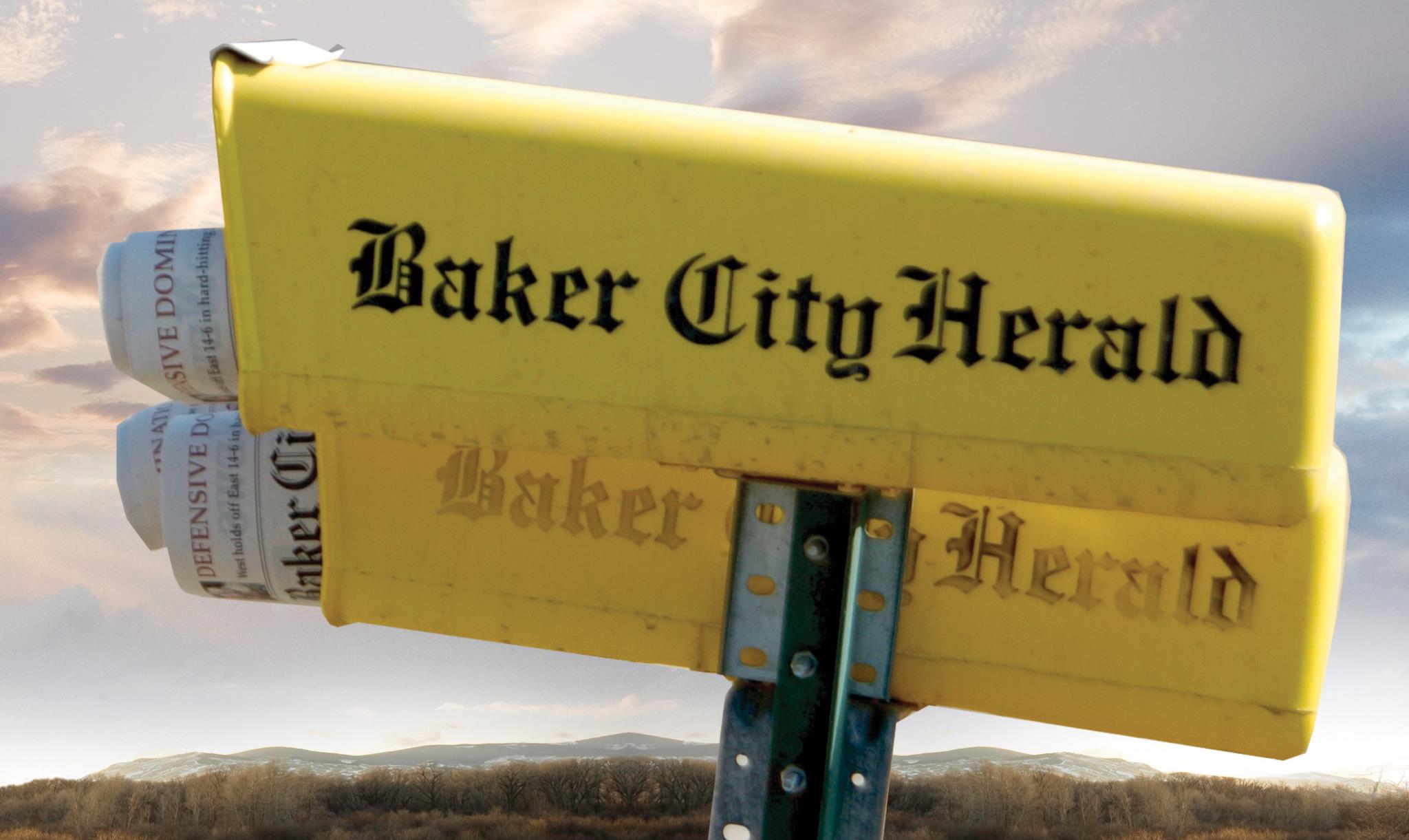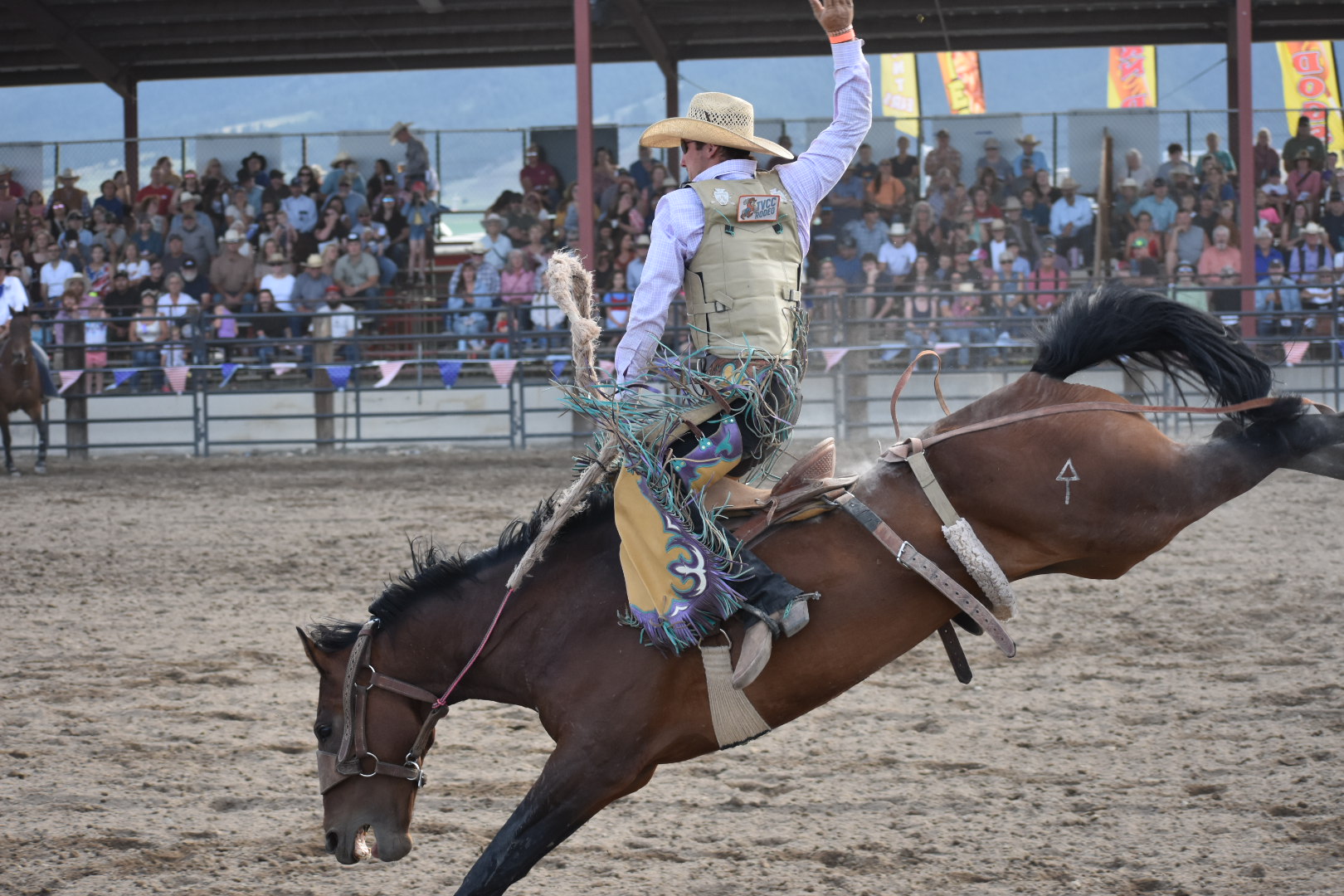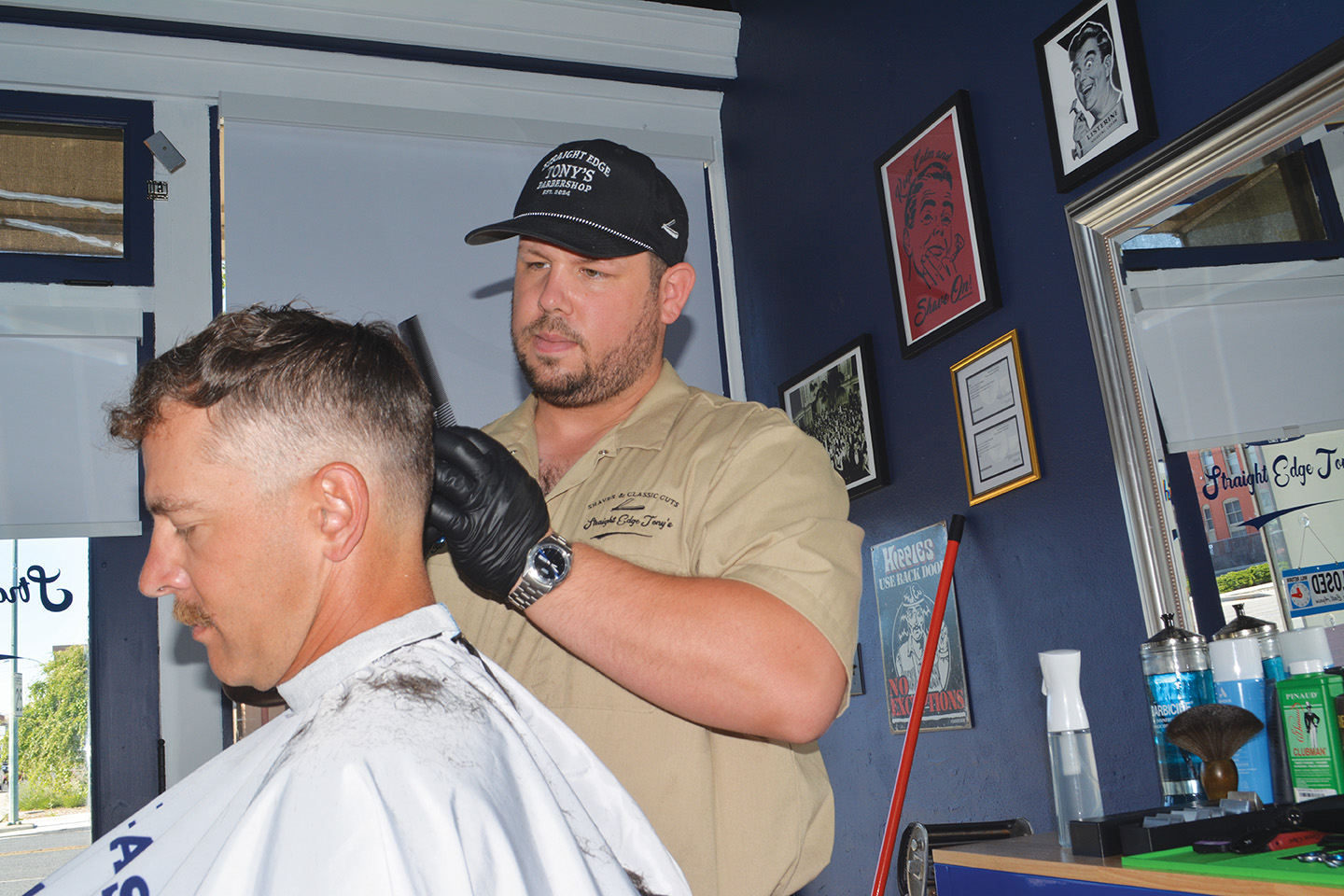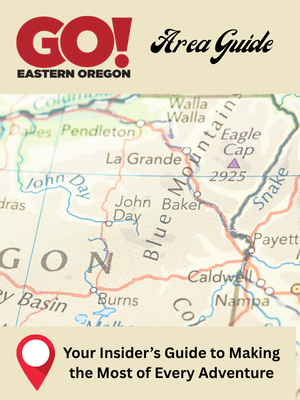‘The old ways were the best ways’
Published 11:24 am Wednesday, March 4, 2009

- Cowboy artist Gene Westberg, 80, is the featured personality for the March Living Well section. (Baker City Herald/S. John Collins)
Gene Westberg keeps his cowboy ways – in his life and in his art
Gene Westberg’s paintings aren’t just pretty pictures – they embody
stories, a moment in time the artist explains with such description you
can feel the bitter wind and driving snow biting your skin.
He points to one titled “Mother Drove the Horses” and says it’s a scene from “anybody’s cow country.”
He tells the story behind this painting of a man and woman braving the cold to feed their cattle.
“A young couple who can’t afford a hired man,” Westberg says. “He’s
pitching the hay and she’s driving the horses. And you can surmise a
baby wrapped up behind the mom.”
He pauses, and seems transported to that wintry scene.
“I’ve been there – I know what that’s like,” he says.
Westberg, 80, looks all cowboy dressed in jeans, plaid flannel shirt black vest, tan hat and crimson bandanna around his neck.
But for him, it’s not just a look – it’s a life.
He served as the Baker County brand inspector for 12 years in the 1950s before transferring to Hermiston. He and his wife, Bonnie, returned to Baker after he retired.
“I knew all the old-time cowmen in this country,” he says. “And they’re just about all gone. Except me.”
After tiring of the winters, though, the moved to Ione for a time, but returned once again five years ago.
“Come back and suffer with you guys up here,” Bonnie says with a smile.
He’s been an artist – and cowboy – for as long as he can remember.
“I was born and raised in northwestern Minnesota,” he says. “My people were farmers, and we farmed with horses. I love my draft horses – I still use them today.”
And on this cold February day, a visitor need only take a tour of the Westberg living room to learn about this man.
“This one’s the story of my life,” he says, gesturing to a painting of a pack string of seven horses headed into the mountains. The animals carry four loads of hay and three loads of gear.
He lead packed for “50 years or so” – for the Forest Service in the Oregon Cascades and as an outfitter for fishing and hunting excursions into the Wallowa Mountains, the Selway Bitterroots in Idaho and the Teton Mountains in Wyoming.
“I haven’t been to the Wallowas for five years – I’d love to go back,” he says.
His oil paintings capture those packing days, as well as his elk hunting excursions.
He turns to his painting “Elk on Katy Mountain.”
“It’s early in the morning and maybe a cougar spooked them, or a hunter,” he says. “Katy Mountain was my favorite place to hunt elk.”
Another elk camp scene is set in the wee morning hours. One hunter stands outside the wall tent to welcome another arriving on horseback with supplies of groceries and grain.
“Now they’ll take care of the stock, and have some coffee,” he says.
He calls that one “Long Cold Ride.”
Another corner of his living room is dedicated to his other art hobby – sculpture and bronze.
“I really like the three-dimensional work,” he says.
These works capture his experiences with horses – especially those deemed rather feisty.
One such bronze captures the motion of a bucking horse, trailed by a cowboy dragging behind and hanging onto the reins.
“The reason he’s hanging on is he’s 30 miles from camp,” Westberg says with a chuckle. “That’s the story of my life – mules, wild cows and rough horses.”
Another bronze he’s titled “The Fortune Seekers.”
“I’m keeping this one for myself,” he says.
This sculpture is a miner trudging uphill with his trusty mule loaded up and following behind.
Westberg again goes into story mode.
“He’s been downtown and talked someone into staking him again,” he says. “He knows there’s a mother lode up there. His little mule – she doesn’t like this idea too well.”
He’s had no formal art training, but has had plenty of time to hone his skills.
One pastel – a still life of grapes and peaches – is dated 9/25/48. He did that one for Bonnie’s mother, and now it adorns his kitchen wall.
Westberg’s gallery may be his living room, but the real work is done across the way in what he calls “Hawk’s Rest Studio.”
“It’s my cow camp,” he says.
Out here his worlds collide.
In the center sits his easel and a marble slab palette smeared with the colors of the rainbow.
Along the wall hangs the branding irons he received as gifts from Baker County ranchers, and looped over a peg is a 60-foot rawhide rope.
“I haven’t used it yet – I’m waiting for spring,” he says, running the rope through his hands.
(Every spring he heads to Pilot Rock to help his son Ross rope and brand.)
In the corner of his studio sit two fancy saddles – examples of the 17 he’s built over the years.
Above the door hangs a black-and-white photograph of multiple mules hitched to a wagon – “an old-time jerk line” – all featured in the movie “Paint Your Wagon” that was filmed up East Eagle Creek in Baker County.
Westberg inspected the stock that came with the production.
“I got to drive that outfit,” he says with a smile.
After touring his studio, Westberg has one more place to show – across the way to a corral and into a small building.
This dark space is filled with the scent of leather and horses.
“I’ve got enough harnesses for six or seven teams,” he says. “I’m down to one team and a mule. I’ve had old-timers tell me you won’t get to heaven unless you have a horse around.”
And his horses will stay to provide the pulling power for his covered wagons – he was part of the wagon train that celebrated the opening of the National Historic Oregon Trail Interpretive Center in 1992 – and the plows he’ll use this spring for planting.
“I think the old ways were the best ways,” he says.









